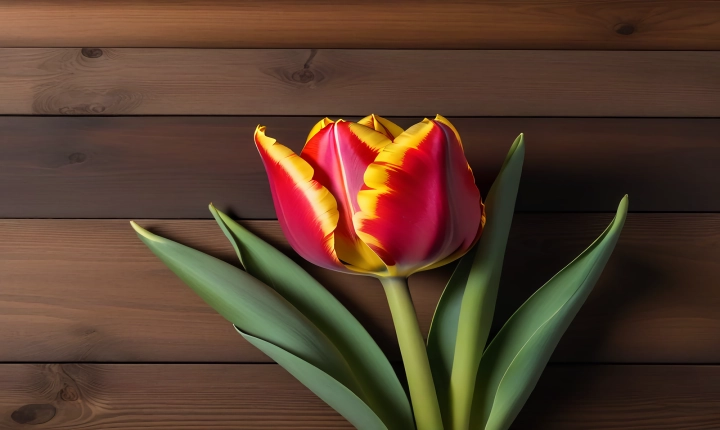Title: Exploring the World of AI Art: How to Create Stunning Artwork Using Artificial Intelligence
Artificial intelligence has permeated nearly every aspect of our lives, from personalized recommendations on streaming platforms to autonomous vehicles. But perhaps one of the most intriguing applications of AI is its ability to create art. Through powerful algorithms and deep learning systems, AI has the potential to produce stunning and thought-provoking artwork that challenges traditional notions of creativity and expression.
If you’re interested in delving into the world of AI art and creating your own masterpieces, here are some steps you can take to get started:
1. Learn the Basics of AI and Machine Learning:
Before you can start creating AI-generated art, it’s important to have a basic understanding of how AI and machine learning work. Familiarize yourself with the fundamental concepts, such as neural networks, deep learning, and generative adversarial networks (GANs). There are numerous online resources, tutorials, and courses that can guide you through the principles of AI and machine learning.
2. Choose the Right Platform or Tool:
Once you have a grasp of the underlying concepts, it’s time to select a platform or tool that will enable you to create AI art. There are several popular platforms such as Runway ML, DeepArt, and Google’s DeepDream that offer intuitive interfaces and pre-trained models for generating AI art. These platforms often provide a range of styles and parameters that you can customize to produce unique artwork.
3. Collect and Curate Training Data:
Training an AI model to create art requires a large dataset of images to learn from. You can either use existing image datasets or curate your own collection of artwork, photographs, or other visual media that can serve as the basis for your AI art. The quality and diversity of your training data will significantly impact the output of your AI-generated artwork.
4. Experiment with Different Models and Techniques:
Once you have your training data, experiment with different AI models and techniques to understand their unique capabilities and outcomes. Some models may excel at generating abstract, surrealistic artwork, while others may be better suited for mimicking specific artistic styles or genres. By exploring various models and techniques, you can discover the full potential of AI art and find the approach that aligns with your artistic vision.
5. Refine and Customize Your Artwork:
As you start to generate AI-generated artwork, it’s essential to refine and customize the output to achieve the desired effect. Many AI art platforms allow you to adjust parameters such as style transfer strength, color palette, and level of abstraction, giving you control over the final result. Experimenting with these settings can lead to the creation of truly unique and captivating pieces of AI art.
6. Embrace Collaboration and Community:
Finally, don’t be afraid to collaborate with other artists and enthusiasts who share your passion for AI art. Engaging with the AI art community can provide valuable insights, feedback, and inspiration, as well as opportunities to showcase your work and learn from the experiences of others. Platforms such as AI art forums, social media groups, and art exhibitions can connect you with like-minded individuals and expand your creative horizons.
In conclusion, the world of AI art offers an exciting and boundless canvas for artistic expression. By mastering the principles of AI and machine learning, choosing the right tools, curating training data, experimenting with different models and techniques, and embracing collaboration, you can unleash your creativity and bring AI-generated artwork to life. As AI continues to evolve and push the boundaries of what is possible, the potential for creating compelling and meaningful art through artificial intelligence remains limitless. So, why not dive in and explore the thrilling intersection of technology and art? Who knows what artistic wonders you might create.
